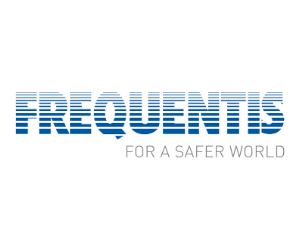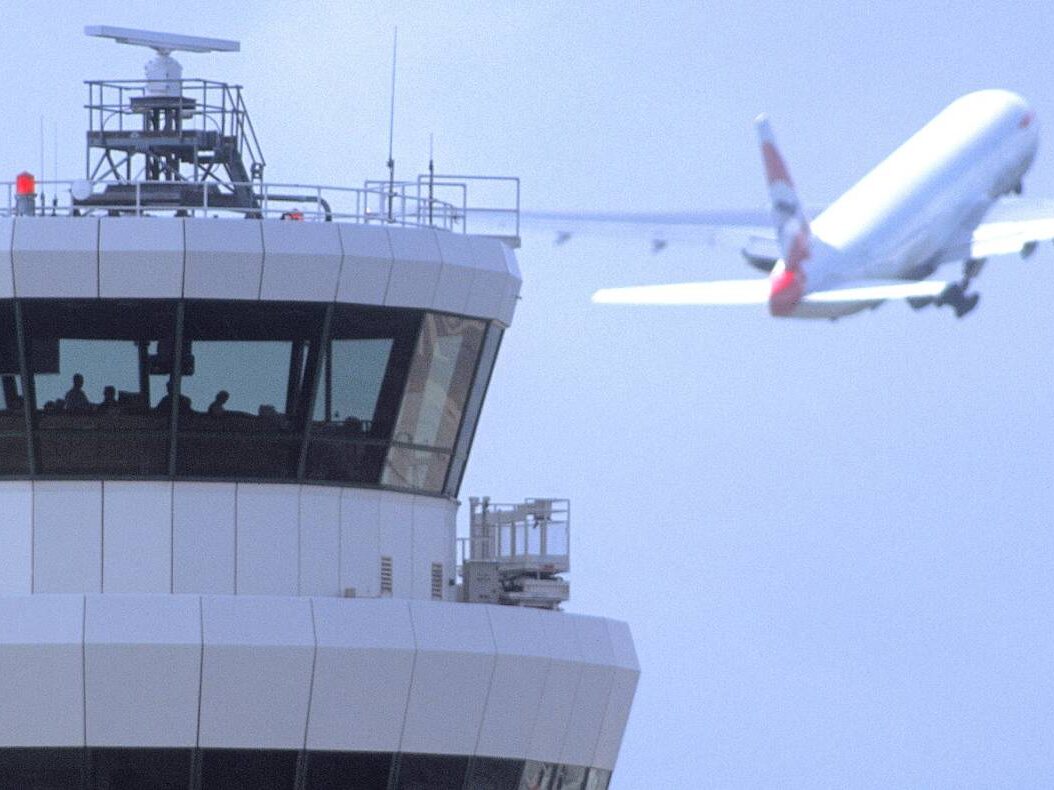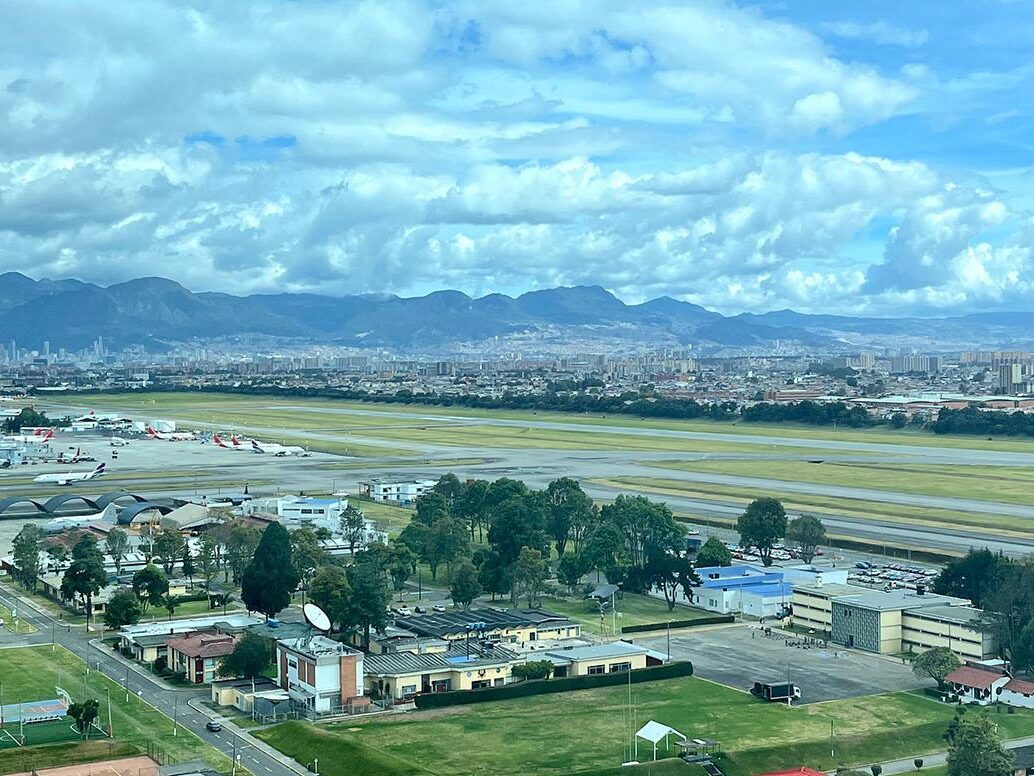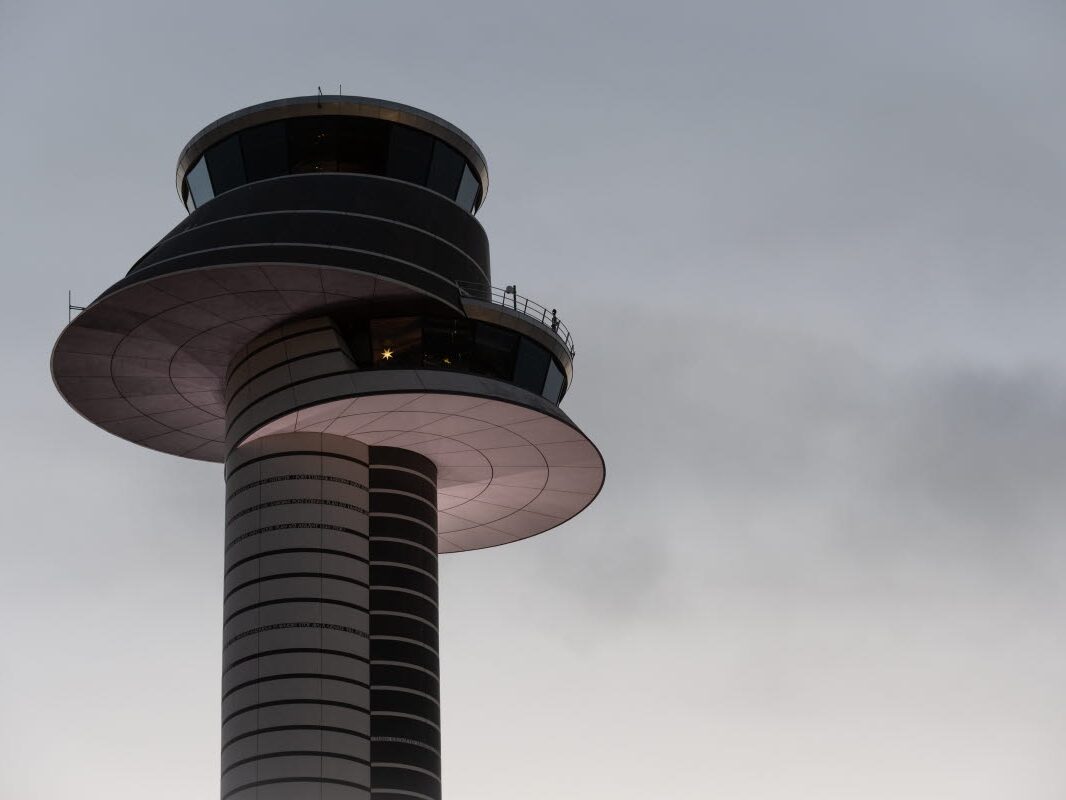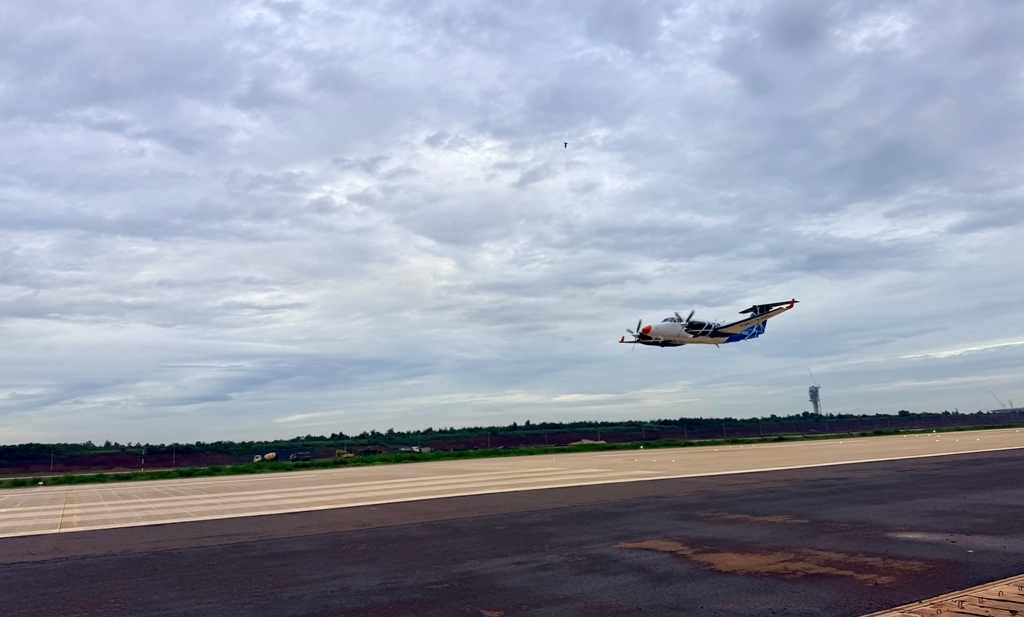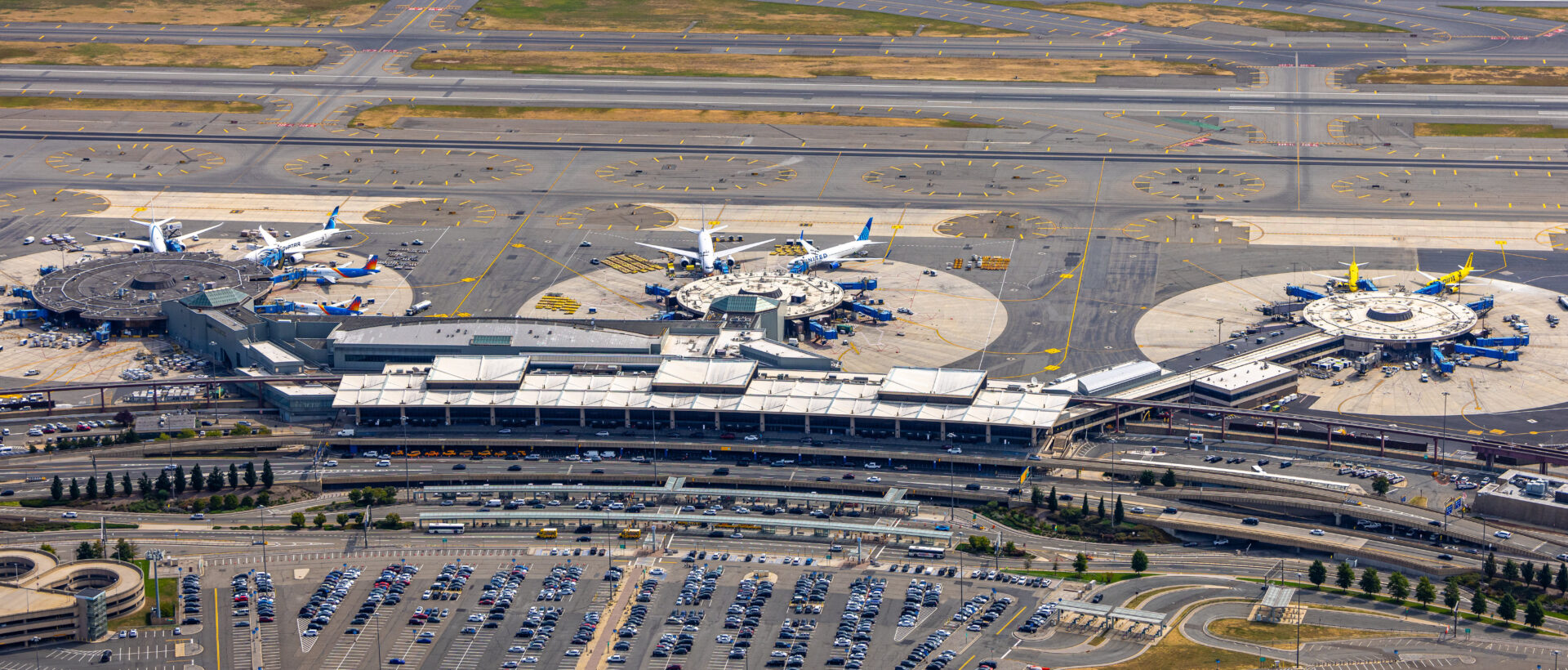Voice is the final silo in air traffic management (ATM). Airport Industry-News talks to Frequentis Executive Vice President ATM, Reinhard Grimm, about how to unlock its full potential, and break down the final barrier.
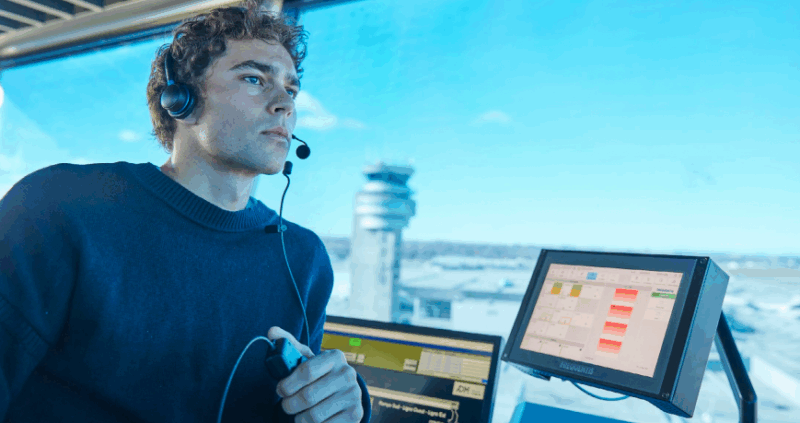
Airport Industry-News: Reinhard, in recent years, we’ve seen huge advances in automation within air traffic management. Where does voice communication fit into that picture today?
Reinhard Grimm: Voice is still a fundamental tool for controllers, and, although we’ve seen a lot of integration in other parts of ATM, voice was isolated by design in order to act as a fall-back controllers could always rely on. So, core functions like surveillance, flight data processing, conflict resolution and monitoring are now tightly connected but the voice communication system (VCS), what controllers use to speak to pilots and other controllers, still largely operates on its own. But if we integrate voice with automation, we can unlock major gains in efficiency, safety and capacity.
AIN: Does integration mean losing the safety of voice as a standalone fallback?
RG: Not at all. The principles of the new service delivery model (NSDM), introduced by SESAR and seen in solutions like Frequentis MosaiX, enables benefits to be gained through new applications that use both voice and data, while at the same time keeping its fallback capability.
AIN: So, what’s the vision?
RG: We call it Unified Aeronautical Communications – a seamless, safe and secure environment for applications using both voice and data. It’s about giving controllers a complete operational picture, reducing workload and enabling new levels of automation and safety.
By making voice context-aware and accessible right from the automation applications, we can reduce distractions, so controllers aren’t constantly switching between systems.
Getting there means working closely with ANSPs and standardisation bodies like EUROCAE and EASA. It’s aligned with the European ATM Master Plan and the new service delivery model (NSDM), which let voice become an interoperable service in a harmonised digital ecosystem. This is also supported through initiatives like SESAR, which actively funds projects advancing interoperability, digitalisation and systemwide performance.
AIN: If the benefits are so clear, why hasn’t it happened already?
RG: Separation. Controllers have two main tools: automation for situational awareness and separation, and VCS for communications, with very little interaction between them. Even in modern tower environments, voice often remains separate from the main workflow.
When it comes to airport surface management we see a lot more integration already, with surveillance, routing and safety functions brought together into a single operational view, often referred to as surface management or movement systems. However, even in these environments, voice communication often remains a separate, manually operated layer.
Integration requires interoperability, shared data context, robust safety and security and a modular architecture.
AIN: Are there integration features in use right now?
RG: Yes. Modern VCS platforms already provide:
- Shared sector configurations between automation and voice systems
- Push-to-talk synchronisation and radio direction finding to identify aircraft on radar
- Unified login and preferences
- Role-based layouts and interface customisation
- Standards-based VoIP interoperability (EUROCAE ED-137)
- End-to-end service monitoring dashboards showing voice and automation health, alerts, and usage patterns
AIN: What’s next for integration?
RG: Imagine dynamic, digital communication paths, satellite voice, LDACS, data link, all working seamlessly. Controllers handle voice and automation from one interface.
If you need to coordinate with the next sector, you just select the flight; the system identifies the right contact, makes the call and highlights the aircraft on their screen. It’s faster, reduces workload and improves accuracy.
AIN: You’ve been trialling automatic speech recognition (ASR). How does that fit in?
RG: Along with organisations like DLR, we’ve tested ASR for ATC, demonstrating:
- Automated data entry into electronic flight strips and radar labels
- Validating read-backs so pilot responses match clearances
- Detecting ambiguous or incorrect responses
- Recognising call signs and highlighting them on screen
- Detecting keywords and trigger alerts
Combining this with integrated systems will then give us faster, more accurate and more resilient communication.
AIN: How do you make sure everyone’s aligned?
RG: Standards. We’re active in EUROCAE Working Group 126, which is defining operational and technical frameworks for voice-automation integration. This will ensure interoperability and vendor-neutral deployment.
AIN: And in ten years?
RG: Unified Aeronautical Communications will be the norm. The tech exists, the benefits are clear and standards are taking shape. The real challenge is global alignment beyond just technical specs.
Once integration is complete, ATC will be smarter, safer and more intuitive, paving the way for fully digital, trajectory-based operations.
AIN: Final thoughts?
RG: Voice is the last silo in ATC and the key to breaking it down lies in a service-oriented approach to avoid compromising safety and security. This evolution will take active collaboration, but the benefits of capacity, safety and resilience are worth it.
We are happy to talk to customers about their current needs, so we can shape this transition together.
This article first appeared in the Airport-News Magazine 2025. Download the full PDF version here.


